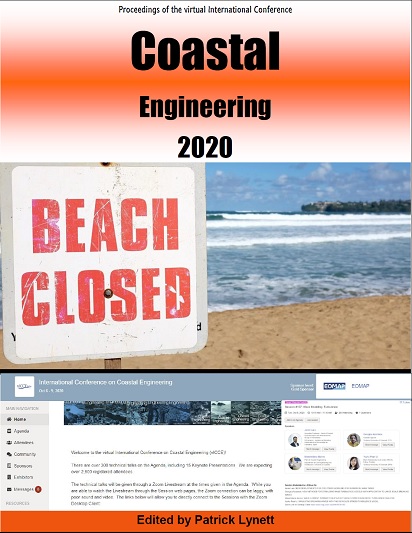Abstract
Preliminary results of a numerical model developed to detail spatial and temporal assessment of theoretically available near shore wave energy, and potential wave energy extracting sites, along the Sri Lankan coast is presented in this paper. Wave energy is estimated applying Danish Hydraulic Institute's Mike 21 Spectral Wave (SW) module. The model is developed and applied covering an area along the coast line of entire country extending from 315000 to 640000 mE, and 602000 to 1164000 mN. Model was run with boundary inputs of wind and wave, based on long term measured, and long term hindcast directional wave data available at seven locations, which are well distributed around the country. Model calibration and validation are carried out based on long term measured directional wave data at Colombo, Sri Lanka. Based on the estimated wave energy density maps, and spatial and temporal energy variations, Hambantota, in South East coast is identified as the most feasible location for wave energy harnessing. Annual and seasonal availability of the wave energy, for Hambantota area, at 25 m depth, were looked into in detail. In the above area, mean annual energy potential was estimated as 10 kW/m at 25 m depth, whereas maximum annual potential energy was estimated as 36 kW/m. During South West monsoon, where high waves are present, the mean energy potential is estimated as 15 kW/m.Recorded Presentation from the vICCE (YouTube Link): https://youtu.be/dPa9istaB7A
References
Cornett, A. 2008. A global wave energy resource assessment, Proceedings of International Offshore Polar Engineering Conference, 318-326.
Authors retain copyright and grant the Proceedings right of first publication with the work simultaneously licensed under a Creative Commons Attribution License that allows others to share the work with an acknowledgement of the work's authorship and initial publication in this Proceedings.

